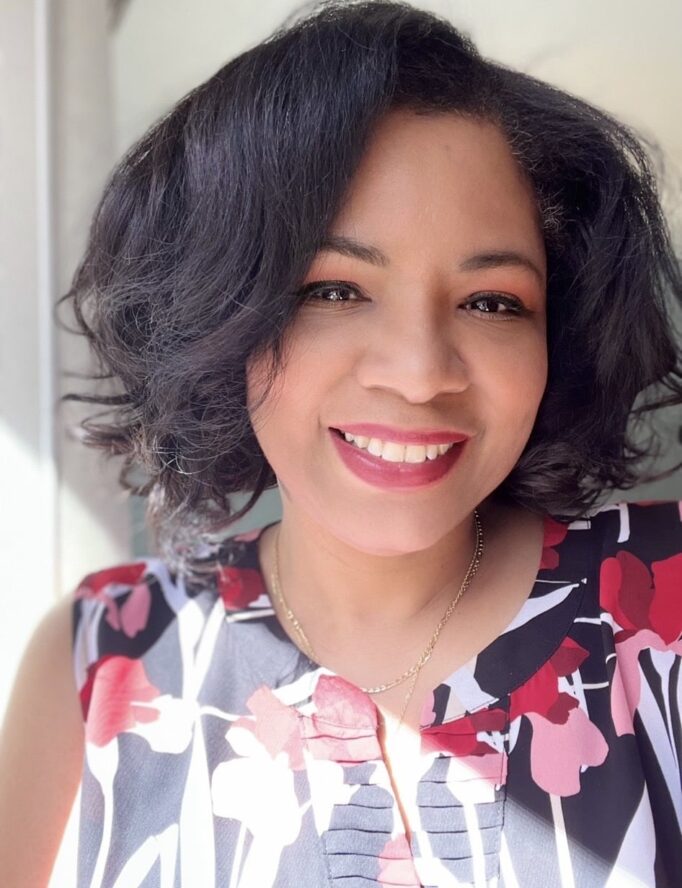Author Steven Covey once said, “Strength lies in differences, not similarities.” Companies continue to build initiatives to bring together people from diverse backgrounds to achieve equitable outcomes for everyone. More than putting something on paper, organizations must put in the time and resources to understand the needs of their employees. Achieving workplace equity is an ongoing and complex undertaking.
Equity vs. Equality in the Workplace
The terms equity and equality are often interchanged in conversations but are not synonymous. Therefore, it’s essential to understand how they are different from each other.
- Equity is fair treatment, access, advancement, and opportunity for everyone.
- Equality is equal sharing and division, keeping everyone at the same level. It gives the same thing to all people, regardless of their needs.
The goal of equity is to help achieve fairness in treatment and outcomes. It’s a way in which equality is achieved. For example, the Americans with Disabilities Act (ADA) was written so that people with disabilities are ensured equal access to public places.
Equity can be complicated to demonstrate as it can be subjective to the experiences of every individual employee. Equity is about fairness while equality in outcomes and not so much providing support and resources for employees.

Benefits of Equity in the Workplace
Equity in the workplace is about leveling the playing field and giving every employee the unique resources they need to access opportunities at the organization. Here are some benefits of increasing equity practices within your organization.
- Cross-functional Learning – Creating opportunities for employees to work cross-functionally on other teams gives visibility, insight, and networking opportunities. It will also give a broader knowledge of the organization’s best practices.
- Create leadership opportunities – The employee has a chance to practice leadership, planning, and organizational skills. The employee goes from being a contributor to gaining valuable leadership experience.
- Foster Safe Spaces – Creating spaces, where all employees feel welcome and included, should be the goal for an organization. Employees are your “boots on the ground” and an organization should have the environment to contribute feedback, and solutions to improve the culture, climate, and perhaps the bottom line.
- Model Equity-Centered Behaviors – Through an equity lens, leadership sets the culture in an organization by articulating an inclusive and collaborative mindset as a core value. Training for leadership and staff to understand how to access, create and maintain an equitable workplace should be a top priority.

- Work/Life Balance – Employees feel valued, and respected to bring their focus and best ideas to work. Leadership also encourages work/life balance through their work habits. A recent study by the World Health Organization and the International Labor Organization even found that working more than 55 hours a week raises your risk of heart disease and stroke, plus aligned employees bring fresh perspectives to the table.
- Attract and Retain Talent -Teams within inclusive and diverse cultures are 120% more likely to hit financial goals by retaining engaged and motivated employees. This is because there are more perspectives, experiences, and sources to draw from to solve problems and create innovative ideas.
- Slowing the Great Resignation – Business leaders are looking for ways to retain employees during the Great Resignation and increase employee satisfaction and an improved bottom line. A Mckinsey report found that 70 percent of employees said that their work defines their sense of purpose.
The Future of Equity in the Workplace
Organizations must identify and acknowledge the needs of their employees regarding their gender, identity, race, disabilities, and more. Equitable initiatives can change the lives of your employees, your bottom line, and even the world.
Learn more about how Udacity is transforming the digital workforce.






